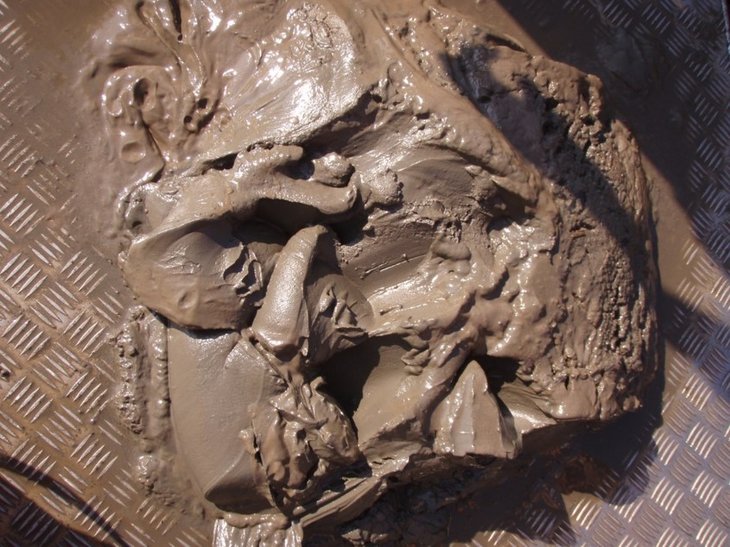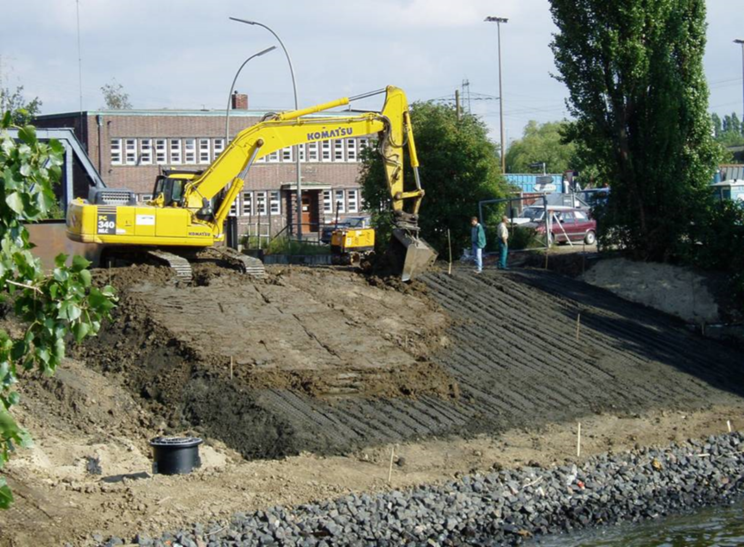Using dredged mud to strengthen our dikes
Rising sea levels and the subsidence of land necessitate a strengthening of our coastal defences. Julia Gebert wants to spare natural soil resources and is researching how to use fine-grained dredged sediment as an alternative earthen construction material for dikes and embankments. With the help of an NWO Open Technology grant of 1,4 million euros she can start her quest to obtain a suitable and environmentally compliant material.
Ultimately, using dredged sediment as construction material would enable a sustainable and more economical sediment management. The granted Sediment-to-Soil (S2S) project specifically studies the processes of soil ripening and their optimization to be able to use fine-grained dredged sediment.
Soil ripening
Before use, the dredged sediment (mainly mud) needs to undergo a ripening process transforming it from a saturated, unconsolidated and unstructured material into a drained, consolidated, structured, biogeochemically stable and environmentally compliant soil, meeting the required soil mechanical properties. S2S will provide the scientific basis for understanding, optimizing and predicting the complex multi-phase soil ripening process.
Project outputs will comprise a scientifically-supported protocol for optimized soil ripening, soil ripening indices and an openly accessible model combining settling and consolidation with biogeochemical ripening processes.
Collaboration
Gebert will work together on this with her colleague Claire Chassagne (of the Hydraulic Engineering department) and Rob Comans (WUR). The Open Technology grant enables the hiring of 3 PhD candidates, 1 Postdoc and 1 technician and covers the costs for required material.
More information
More information about the Open Technology programme is available on the website of NWO.


